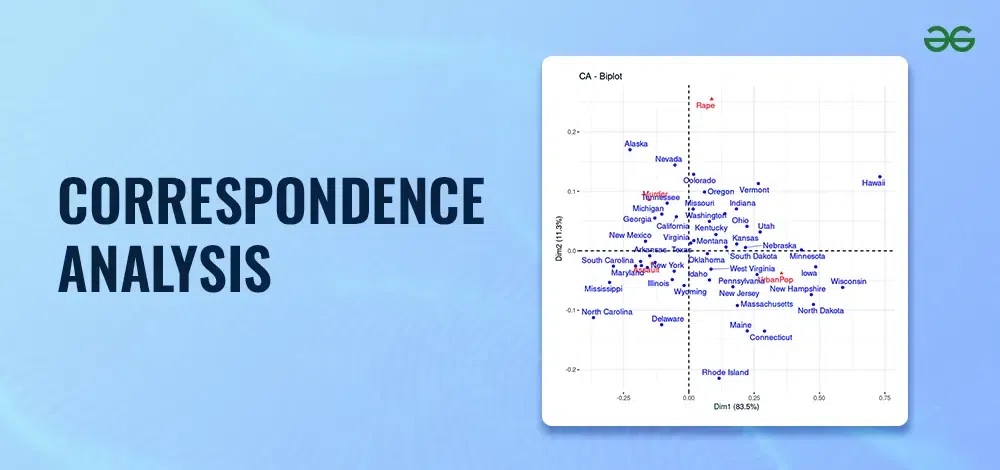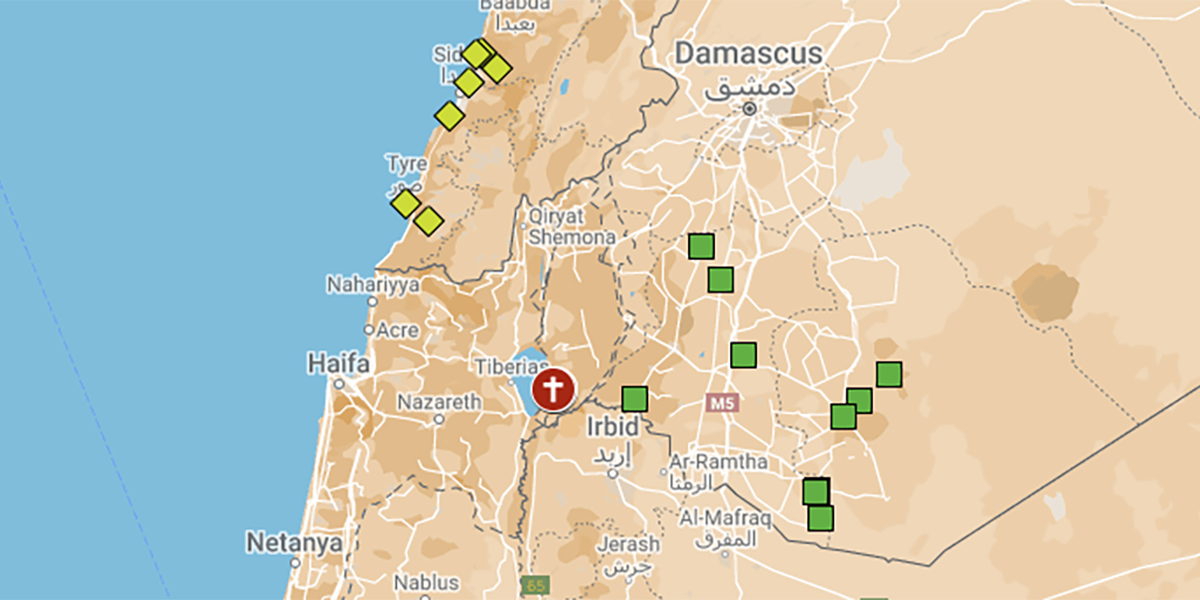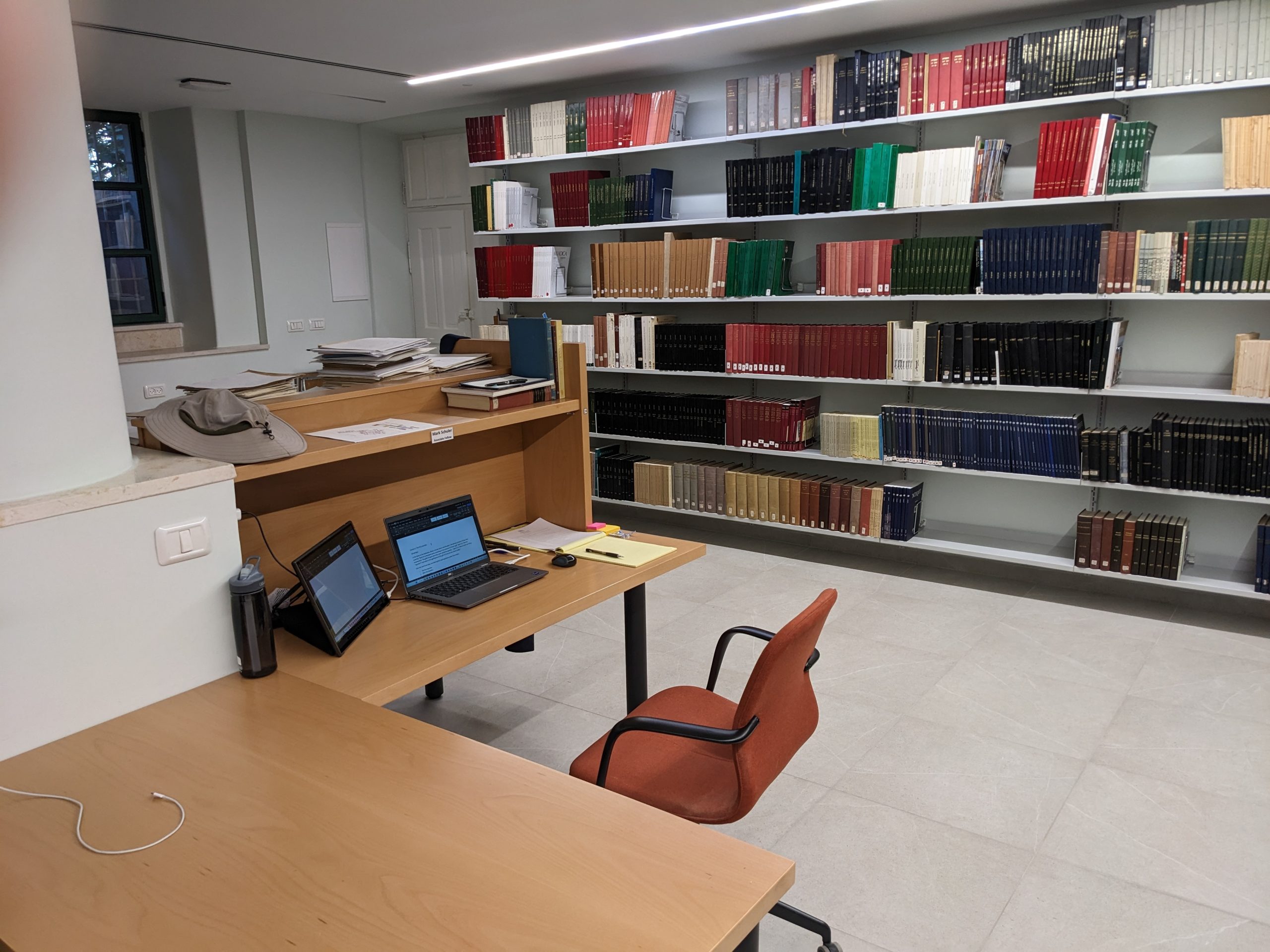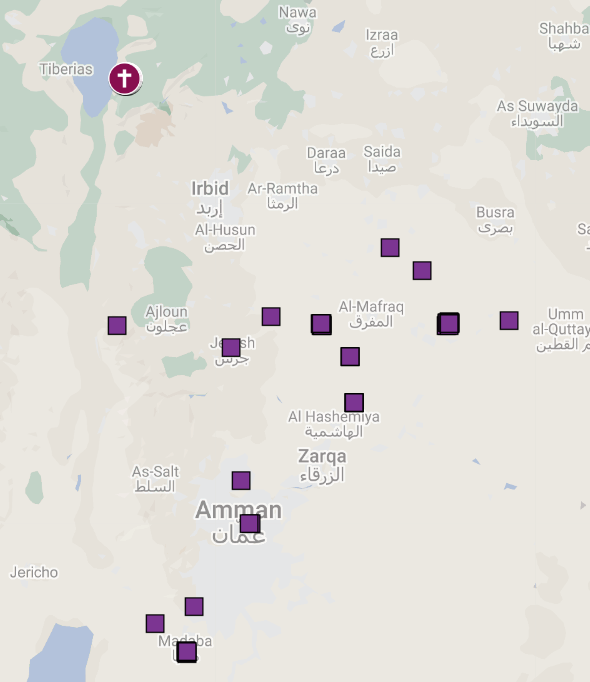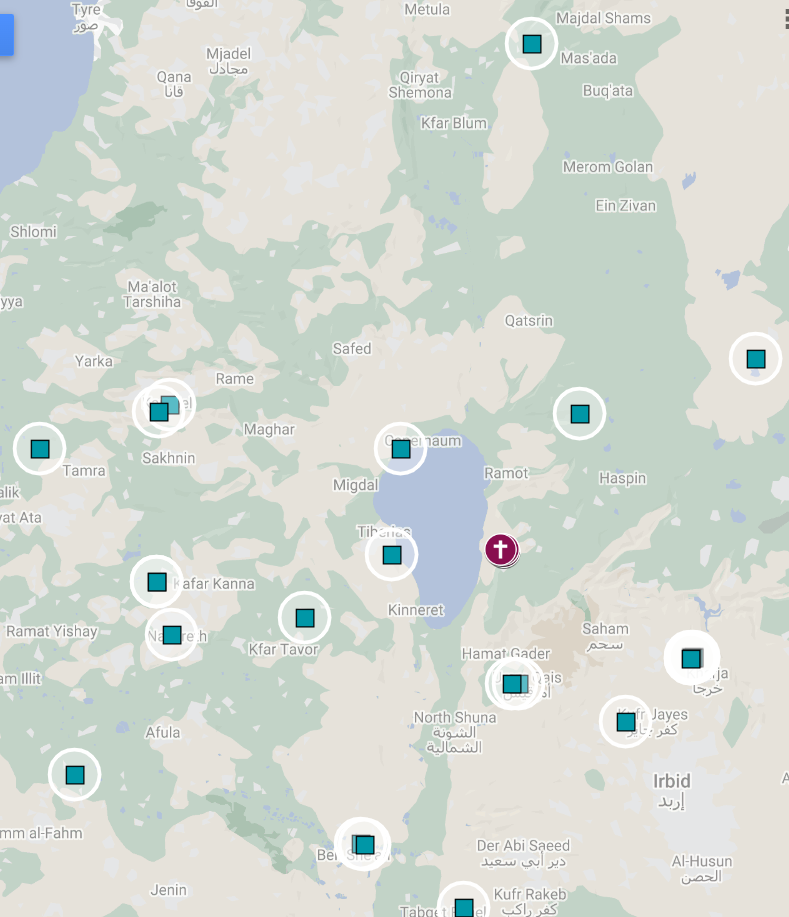Continuing the research
I have delayed research on this project because of other duties in the spring of 2024. I was teaching, helping with a church vacancy, and preparing to teach in Ethiopia in the fall while working on a paper for ASOR. All was interrupted when I was diagnosed with cancer in August. So far, the treatment is going well. As I will be kept close to home for treatment over the next year, I will be returning to this project.
I do have more data to add to the charts on the project website. But I have also been looking for a better analytical approach. During this year’s ASOR meeting, I heard a paper applying correspondence analysis to identify relationships in a complex table.
Correspondence analysis is a multivariate statistical technique. It applies to categorical rather than continuous data. In a similar manner to principal component analysis, it provides a means of displaying or summarizing a set of data in two-dimensional graphical form. Its aim is to display in a biplot any structure hidden in the multivariate setting of the data table. So says Wikipedia.
I have much to learn about this method. But, if it can help me tease out structural relationships among the categories in my table, that may be a step toward uncovering the rationale behind the structural variety among churches of the late Antique period in the area surrounding Hippos Palaestinēs.
